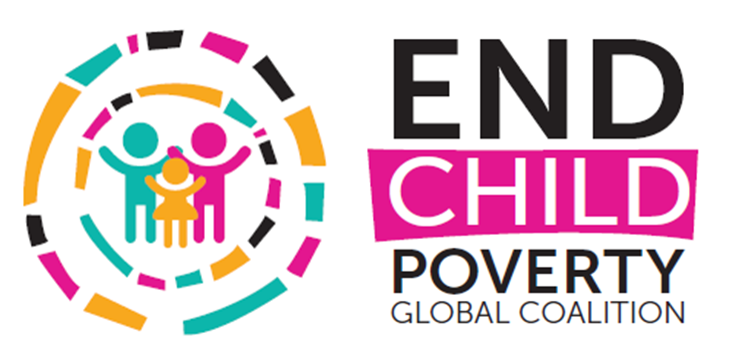By David Stewart, Chief of Child Poverty and Social Protection, UNICEF HQ, Sola Engilbertsdottir, Policy Specialist - Child Poverty, UNICEF HQ, Enkhzul Altangerel, Consultant, UNICEF HQ
The world of poverty measurement has been transformed over the past 20 or so years, with the idea of multidimensional poverty measurement, including for children, become mainstream and indeed included in the SDGs for all countries to monitor and address.
This is a huge step forward. Understanding a family’s income is crucial to understanding a child’s situation and life chances and is often closely connected with other aspects of their lives. But it can mask fundamental aspects of their lives: access to quality education and health care; nutrition, the quality of housing, and if a child has access to clean water or adequate sanitation.
And a growing number of countries are undertaking these measurements. Current estimates show 66 countries are monitoring multidimensional child poverty, and in UNICEF alone has seen over 100 national child poverty studies in the last 15 years.
But after the surge of activity often comes a simple question. And one generally asked quietly and by the brave, as one was surely meant to know the answer: We’ve got the measurement, but what do we use it for?
It’s often the simple questions that are the tough ones. And understanding this is crucial in order to make the work impactful for children living in multidimensional poverty, to guide what analysis and processes might make a difference, and if particular types of measurement matter. As well as, crucially, to know what the limits of multidimensional measures are.
To answer this question as well as we can, we at UNICEF – with the support of a range of experts in the field – have been undertaking a comprehensive review focused fully on actual practice and examples on the use of multidimensional poverty measures. It considers the range of frequently used methodologies and includes an in-depth review of over 30 countries (see map below), and interviews with 24 experts in the field.
Early conclusions include:
Frequent and powerful impacts through advocacy and awareness raising – which, perhaps because they are indirect, are often undervalued.
Revealing examples of multidimensional poverty measures becoming deeply embedded and influential in policy processes.
But limits also emerge, such as the challenges in charting a clear integrated policy path to reducing and ending multidimensional child poverty, which are perhaps beyond the scope and construction of multidimensional poverty measures alone.
The review is also revealing interesting contextual factors that can make a difference: the importance of leadership and champions, as well as strong coalitions; integrating measurement with political processes; where the choice of measure may (or may not) make a difference; and whether child-specific measures or disaggregation are more effective for policy change.
The review is nearing finalization, but if you have additional examples to those outlined in the map below or further considerations please do send them our way — by commenting below or tweeting at us by tagging @dmistewart1 and @globalcoalition!

